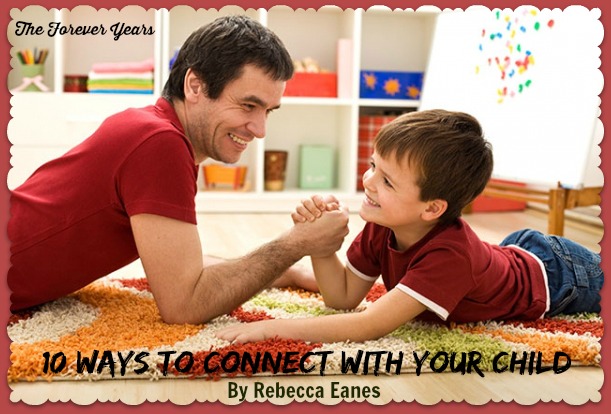You are doing it again!
Yelling at your children over big things, little things, and all things in between.
But why?
Why do we parents feel the need to yell when our point isn’t getting across?
Why do we have to resort to screaming to get our kids’ attention?
The reality is—we don’t have to. We are making rash decisions in difficult moments that are teaching our children bad habits.
Janet Lehman, a veteran social worker who she specializes in child behavior issues says:
“When chronic screaming becomes the norm, children are also apt to think it’s okay for them to scream all the time, too. You’re teaching your kids that screaming is a suitable response when you’re frustrated or overwhelmed. It doesn’t teach anything positive, just that life is out of control—and emotionally, you’re out of control.”
Wow—that hits home!
Believe me, I am not judging.
I was (probably) the world’s worst about yelling when my kids did something wrong, wouldn’t listen, talk back, seemed defiant — the list could go on and on.
I was a chronic yeller.
But I had a terrible wake up call when I ended up in the middle of a feud that happened in my extended family. Though this person was totally out of line when making accusatory statements, one thing that was said to me was, “Well, you’re a horrible mother because I’ve heard you yell a lot!”
Ouch!
What could I say? “No, I’m not a horrible mother! I am just human”? But I did yell a lot!
That hit me right between the eyes, and I woke up. I decided from that day forward I was going to work on not yelling.
I was going to conquer this horrible habit I had developed.
Not because this person was wrongfully judging me, and I didn’t want it to happen again. (I mean, no one wants that, but you can’t please everyone either.)
But because I was and am a good mom, and I want a better relationship with my children than that!
So if you are in the same boat as I was, I want to share with you a few tips I used to stop yelling at my kids once and for all.
#1 Know What Sets You Off And Nip It
We all have pet peeves. We are human after all.
There are certain things that happen throughout a day that just grind your gears.
Inevitably, the ones we love most are going to find a few of those gears and start grinding away at them.
You need to start realizing what those things are.
The reason is because those ‘gears’ are what is going to trigger you losing your cool and raising your voice.
(To read more of this article, please follow the link below…)
afineparent.com/stop-yelling-at-kids/yelling-at-children.html







